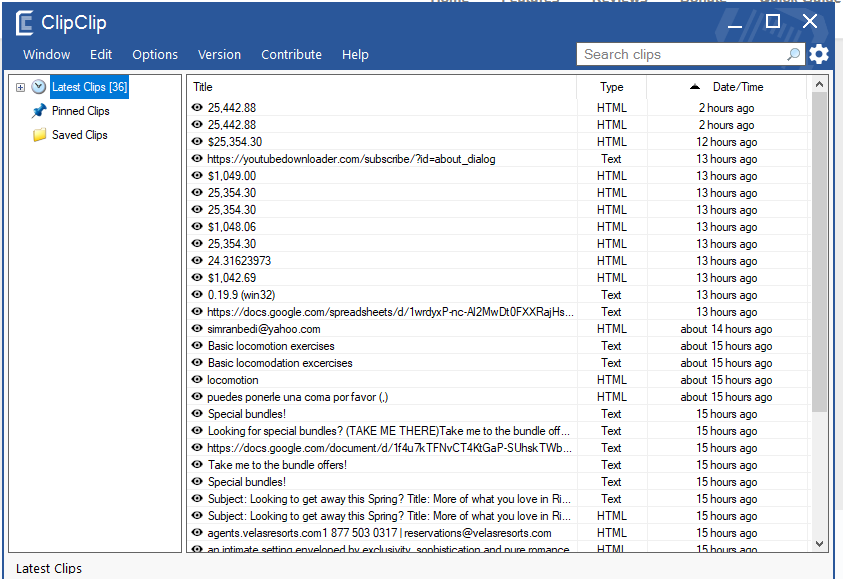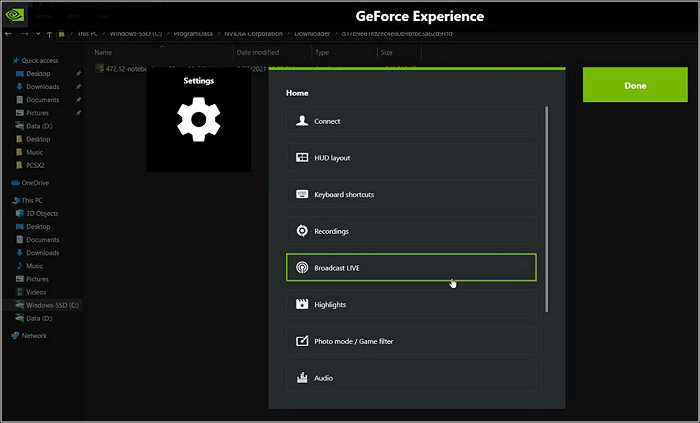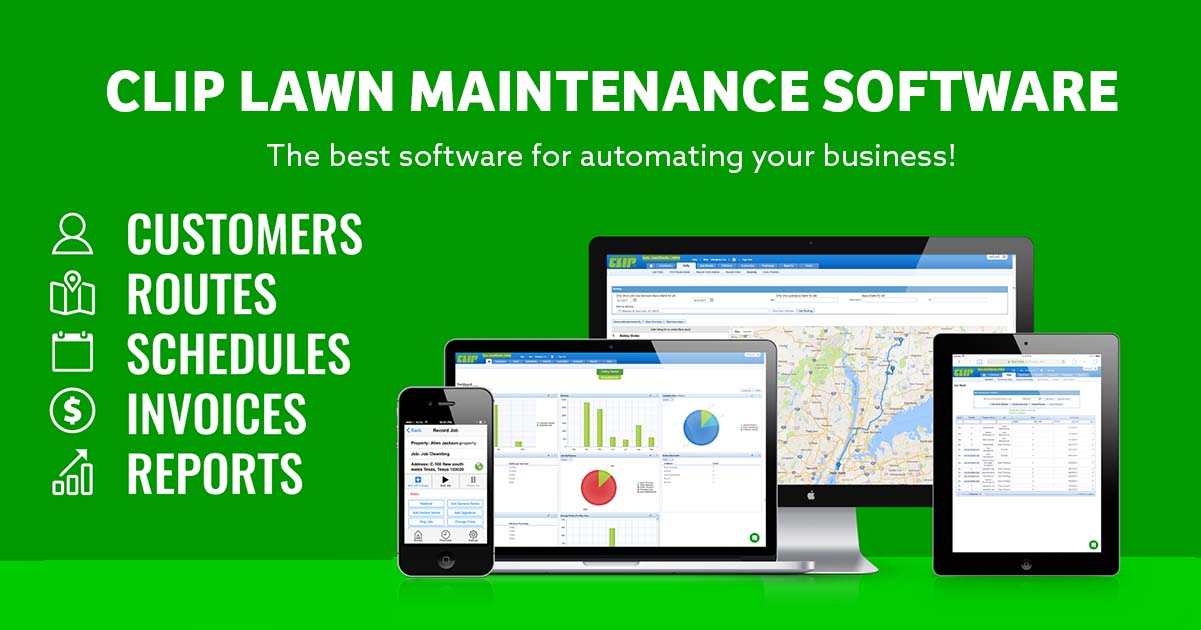clip software takes center stage as a pivotal force in the creative digital landscape, empowering users to easily capture, edit, and repurpose media content like never before. Whether you’re a media professional, educator, or content creator, the story of clip software is as dynamic as the media it helps produce, packed with innovation and intuitive design that keeps evolving with technology.
From its early beginnings as simple clipping tools to today’s advanced cloud-based platforms, clip software now spans a wide range of industries, including video production, podcasting, broadcasting, and education. With a rich suite of features—like multi-format support, automation, seamless integrations, and user-friendly interfaces—clip software solutions are designed to streamline workflows, enhance creativity, and bring powerful media management capabilities to users of all skill levels.
Introduction to Clip Software
Clip software is a category of digital tools designed to capture, edit, and manage short segments—commonly referred to as “clips”—from various media formats, such as video, audio, or images. These tools streamline the process of isolating important fragments from larger content pools, making them highly valuable for content creators, editors, educators, broadcasters, and social media professionals.
Initially, clip software emerged as simple utilities integrated into early video editing suites or as standalone applications with limited features focused solely on basic trimming. Over the years, advancements in media technology and the need for efficient content repurposing have transformed clip software into powerful, multi-functional platforms. Today’s solutions support a wide spectrum, from rapid social media clip production to sophisticated broadcast compliance editing, demonstrating their evolution alongside digital media consumption trends.
Main Applications and Industries Utilizing Clip Software
Clip software is indispensable across several industries, each leveraging its unique capabilities to address sector-specific challenges and opportunities.
- Television and Broadcasting: Used for creating highlight reels, news segments, and compliance editing.
- Education: Enables instructors to extract and share relevant lecture or training video segments for lessons or presentations.
- Marketing and Social Media: Supports the creation of short promotional videos, teasers, or audio snippets tailored for online platforms.
- Corporate Training: Facilitates the development of concise instructional clips for onboarding or ongoing staff education.
- Research and Documentation: Assists in archiving, referencing, or analyzing critical moments from larger media collections.
Evolution from Early Tools to Modern Solutions

From the era of linear tape editing and basic waveform audio editors, clip software has rapidly advanced in both capability and usability. Early tools were often hardware-dependent and limited by storage or processing power. With the rise of digital media, modern clip software now boasts cloud-based collaboration, AI-assisted editing, and integration with larger content management systems. This progression marks a shift from manual, labor-intensive workflows to highly automated, accessible solutions that cater to professional and casual users alike.
Common Features of Clip Software
Most clip software solutions share a core set of functionalities that streamline the process of media clipping and post-processing. Understanding these features helps users select the right tool for their specific needs, while advanced capabilities often differentiate premium solutions from basic offerings.
Typical Functionalities in Clip Software
The majority of clip software comes equipped with features designed to enhance efficiency, precision, and collaboration in media handling. These functionalities cater to a broad range of use cases, making the tools adaptable across industries.
| Feature | Description | Use Case | Benefits |
|---|---|---|---|
| Trimming and Splitting | Cutting out unwanted segments or dividing media into smaller clips. | Editing interview footage | Quick and precise content isolation |
| Multi-Format Support | Ability to handle various media formats (MP4, WAV, JPEG, etc.). | Cross-platform content sharing | Flexibility and compatibility |
| Timeline Editing | Interactive visual representation of media for fine-tuned edits. | Creating highlight reels | User-friendly, accurate manipulation |
| Metadata Tagging | Adding searchable tags or notes to clipped segments. | Organizing a video archive | Efficient media management and retrieval |
| Instant Preview | Real-time review of edits before export. | Quality control for social posts | Reduces errors and saves time |
| Export Options | Multiple output formats and resolutions. | Preparing files for broadcast or web | Optimized delivery for different platforms |
| Collaboration Tools | Multi-user access, comments, and shared projects. | Team-based video production | Improved workflow and communication |
Advanced and Unique Features in Leading Solutions
Top-tier clip software platforms include innovative tools that further enhance productivity and creative potential.
- AI-powered auto-highlighting to detect and suggest the most engaging moments in a video or audio stream.
- Automated speech-to-text and closed caption generation for accessibility and compliance.
- Integrated cloud storage and real-time syncing for seamless remote collaboration.
- Frame-accurate editing for precise control in broadcast or cinematic applications.
- Direct publishing integrations with social media, CMS, or video platforms to streamline distribution workflows.
Types of Clip Software
The landscape of clip software is broad, encompassing tools tailored for specific media types and workflows. Understanding these categories helps users identify the optimal solution for their content creation, curation, or distribution needs.
Categorization by Intended Use
Clip software can be grouped based on the primary media they handle, with each type offering specialized features and workflows.
- Video Clipping: Focused on segmenting and editing video files, often with visual timeline interfaces and frame-accurate tools.
- Audio Clipping: Specialized for isolating, trimming, and editing audio segments, including features like waveform editing and noise reduction.
- Image Clipping: Designed for extracting portions of images or creating composite visuals, typically used in graphic design or photography.
Desktop vs Cloud-Based Solutions
The choice between desktop and cloud-based clip software can significantly impact accessibility, collaboration, and overall workflow. The table below Artikels key differences.
| Type | Accessibility | Pros | Cons |
|---|---|---|---|
| Desktop | Locally installed, offline access | High performance, privacy, no internet dependence | Limited collaboration, device-bound, software updates required |
| Cloud-Based | Web access from multiple devices, requires internet | Remote collaboration, automatic updates, cross-platform | Dependent on internet speed, potential data privacy concerns |
Specialized Clip Software for Niche Purposes

In addition to general-purpose tools, there are highly specialized solutions tailored to industry-specific requirements.
- Broadcast Compliance: Tools that automate regulatory compliance by clipping or muting inappropriate content in live or recorded broadcasts.
- Educational Content Creators: Platforms that facilitate the rapid production of teaching modules or microlearning segments with annotation and quiz integration.
- Legal and Archival Applications: Software designed to securely handle, redact, and archive sensitive media clips for evidence or documentation.
Top Clip Software Solutions
The market for clip software includes a number of standout solutions, each offering distinct features and advantages for a range of user requirements.
Leading Clip Software Platforms
Several platforms have become industry standards due to their reliability, feature set, and adaptability.
- Adobe Premiere Pro: Renowned for its robust video editing and sophisticated clipping tools.
- Final Cut Pro: A favorite among Mac users for high-performance video processing and intuitive workflows.
- Avid Media Composer: Widely used in film and television for broadcast-grade editing and clip management.
- Descript: Notable for audio and video transcription, easy clipping, and collaborative cloud features.
- Clipchamp: User-friendly online video editor focused on fast social media clip creation.
- Snagit: Versatile for quick video/image clipping and annotation, popular in education and documentation.
Standout Characteristics and Differentiators
What sets these solutions apart are their unique approaches to common user needs and advanced feature sets.
- AI-enhanced editing tools, such as automatic scene detection or noise removal, increase productivity and lower the skill threshold.
- Integrated publishing capabilities allow direct upload to YouTube, Facebook, and other platforms, significantly reducing the time to share content.
- Extensive plugin ecosystems enable users to customize workflows for niche requirements or integrate with third-party apps.
- Real-time collaborative editing empowers distributed teams to work together seamlessly from anywhere.
Addressing Common User Needs
Industry leaders consistently innovate to resolve pain points around speed, precision, and collaboration.
- Automated export presets for different platforms ensure clips are always optimized for their intended audience.
- Cloud sync and version history protect against data loss and enable easy rollbacks in collaborative environments.
- Intuitive user interfaces minimize onboarding time and make complex editing accessible to non-experts.
Key Procedures in Using Clip Software
Creating and editing clips involves a series of structured steps, each supported by dedicated tools and best practices. Efficiency and output quality depend significantly on understanding and employing these workflows.
General Workflow Steps for Creating and Editing Clips
The fundamental procedures for using clip software are designed to maximize productivity and maintain content integrity from import to export.
| Step | Action | Tools Used | Tips |
|---|---|---|---|
| Import | Upload media files or capture directly from source | File browser, direct capture tools | Organize files in folders for easy retrieval |
| Preview & Mark | Review media and set in/out points for desired segments | Timeline, waveform, or storyboard view | Use keyboard shortcuts for faster marking |
| Edit | Trim, split, or rearrange clips for clarity and impact | Cut/split tools, drag-and-drop editor | Zoom in for frame-accurate edits when needed |
| Add Enhancements | Apply effects, adjust audio, add annotations or captions | Effects panel, audio mixer, caption generator | Keep effects minimal unless project calls for creativity |
| Export | Choose format/resolution and render final clip | Export panel, format presets | Match export settings to the end-use platform |
| Share | Distribute via download link or direct upload | Cloud storage, platform integrations | Test final output before public release |
Best Practices for Exporting and Sharing Clips
Consistent results and efficient workflows are achieved by following recognized best practices during export and distribution.
- Double-check file formats and resolutions to meet platform requirements and avoid playback issues.
- Utilize metadata tagging and descriptive filenames for easier content management and future retrieval.
- Implement version control, especially when collaborating or updating content over time.
- Verify that all rights-cleared and sensitive information is handled according to organizational or legal standards before sharing.
Advantages and Limitations
Clip software delivers substantial benefits for professionals and creatives, but it is not without its challenges. Assessing both sides helps organizations and individuals optimize their workflows and make informed choices about tool adoption.
Main Benefits of Clip Software in Creative and Professional Contexts
The ability to work efficiently with large volumes of media content has transformed industries and individual work processes.
- Significant time savings through automation and intuitive editing tools.
- Improved accuracy in creating specific, high-quality segments for targeted audiences.
- Enhanced collaboration, enabling teams to contribute to projects from different locations in real time.
- Greater flexibility for content repurposing, allowing a single piece of media to serve multiple purposes.
Common Limitations and User Challenges
Despite these advantages, there are common obstacles encountered when utilizing clip software.
- Steep learning curves for newcomers, especially with feature-rich solutions.
- Hardware or internet dependency, which can limit access or performance for some users.
- File compatibility and export issues, particularly when moving between different platforms or software ecosystems.
- Privacy and security concerns, especially when using cloud-based or collaborative platforms.
A marketing team needed to quickly produce highlight reels from dozens of hours of webinar footage. With modern clip software, they reduced editing time by 70%, but encountered delays due to slow internet connections and occasional file format mismatches during export.
Integration with Other Tools and Platforms
Modern clip software is rarely used in isolation. Its value scales dramatically through integration with editing, management, and publishing platforms, enabling seamless workflows and greater efficiency.
Integration with Media Management and Publishing Systems
Effective clip software connects to a variety of systems, streamlining everything from asset import to final distribution.
- Integration with digital asset management (DAM) systems for direct access to large media libraries.
- Compatibility with video editing suites for complex post-production workflows.
- Direct publishing to social media, learning management systems (LMS), or video platforms for rapid content deployment.
Workflow Automation Examples
Automation capabilities can simplify repetitive tasks and boost productivity across teams.
- Automated ingestion and clipping of live streams for real-time highlight generation in sports broadcasting.
- Batch processing of lecture recordings, clipping key lessons for online course platforms.
- API-triggered clip creation and export, integrating with project management tools for streamlined approval workflows.
Importance of API Support and Plugin Availability, Clip software

API access and plugin ecosystems are essential for organizations seeking to customize or extend clip software functionality. These features support integration with homegrown systems, third-party platforms, and custom automations, significantly enhancing productivity and enabling unique workflows that would otherwise be impossible with standalone solutions.
User Experience and Interface Design
The usability of clip software is shaped by thoughtful interface design and accessibility features. A well-designed tool ensures a smooth, efficient, and inclusive experience for all users, regardless of technical expertise or ability.
Principles of User-Friendly Clip Software Design
Top solutions are built on core design principles that prioritize clarity, responsiveness, and accessibility.
- Simple navigation with intuitive toolbars and clear labeling for essential functions.
- Customizable workspaces to accommodate different editing styles and preferences.
- Consistent visual cues and feedback to guide users through editing and export steps.
- Responsive performance, even with large files or high-resolution media.
Examples of Interface Complexity
Interface design varies significantly between products, impacting learning curves and user satisfaction.
- Intuitive: Clipchamp’s drag-and-drop interface, minimal menus, and template-driven workflow.
- Intuitive: Snagit’s one-click capture and straightforward annotation tools for quick edits.
- Complex: Adobe Premiere Pro’s multi-layered timelines, nested panels, and advanced settings for professional workflows.
- Complex: Avid Media Composer’s detailed toolsets and customizable keyboard shortcuts, favored in film and broadcast environments.
Accessibility and Adaptive Features
Accommodating diverse user needs is increasingly important in software development.
- Keyboard navigation and shortcut customization for users with motor impairments.
- Screen reader compatibility and high-contrast themes for visually impaired users.
- Multi-language interface support to expand usability globally.
- Tooltips, onboarding guides, and help centers that reduce barriers for new users.
Ultimate Conclusion
In summary, clip software has become an indispensable asset for anyone working with digital media, combining flexibility, advanced features, and seamless integration to meet modern content creation needs. As technology continues to advance, we can look forward to even more intuitive and automated solutions that will shape the future of media production and sharing.
Q&A
What is clip software used for?
Clip software is used to capture, edit, and manage segments of media files such as video, audio, or images for various purposes like content creation, education, and broadcasting.
Can clip software handle different media formats?
Most modern clip software supports a wide range of media formats, making it easy to work with different types of files and sources.
Is clip software suitable for beginners?
Yes, many clip software solutions offer intuitive interfaces and guided workflows, making them accessible to beginners as well as professionals.
Do I need a powerful computer to run clip software?
It depends on the type of software. Cloud-based clip software can work well on standard computers since processing is done online, while advanced desktop solutions may require more system resources.
Can I integrate clip software with other editing tools?
Most leading clip software allows integration with popular editing suites and media management platforms, often through plugins or APIs, streamlining the overall workflow.
